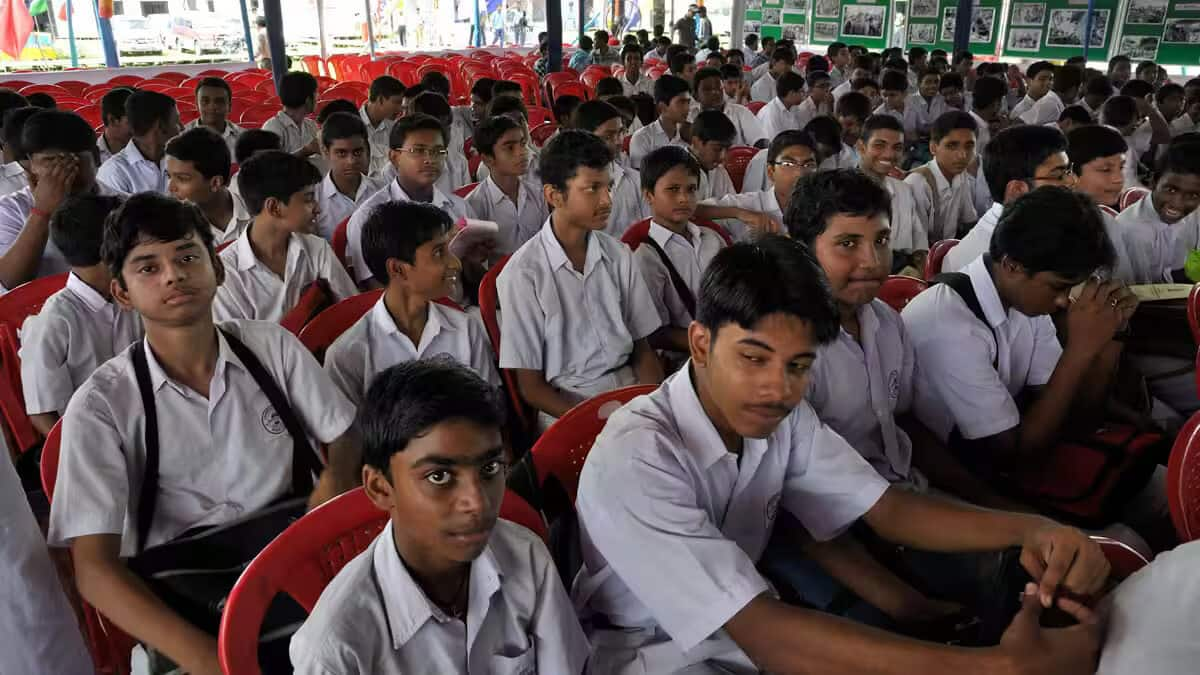27% of students rely on private coaching, urban participation higher: CMS Education Survey 2025
Vikas Kumar Pandit | August 26, 2025 | 07:17 PM IST | 2 mins read
Urban households spend Rs 3,988 per student annually on private coaching, more than double the Rs 1,793 spent by rural families. The gap grows with higher class levels, peaking at higher secondary.

Nearly one in three students in India depend on private coaching alongside school education, according to the Comprehensive Modular Survey (CMS): Education 2025, released by the Ministry of Statistics and Programme Implementation. The survey, conducted between April and June 2025, covered 52,085 households and 57,742 students across the country.
The survey found that 27% of students were enrolled in private coaching during the current academic year. The share was higher in urban areas at 30.7%, while 25.5% of students in rural areas reported using coaching services.
At the higher secondary level, more than a third of students were enrolled in private coaching, whereas enrolment was lower in the primary and pre-primary levels.
Spending on coaching also differed widely between rural and urban households. On average, urban households spent Rs 3,988 per student each year on private coaching, while rural households spent Rs 1,793. The difference was even more at the higher secondary level, with urban families spending Rs 9,950 compared to Rs 4,548 in rural areas.
According to the survey, a significant number of students rely on private coaching alongside school education. Key highlights reveal that 27% of students took coaching during the current academic year, with urban participation (31%) higher than in rural areas (26%).
Course fees remain the largest expense
The survey further found that households spent significantly on course fees and related expenses in addition to coaching. Across India, households spent the most on course fees, with an average of Rs 7,111 per student. This is followed by textbooks and stationery at Rs 2,002, transportation at Rs 1,842, uniforms at Rs 1,070, and other items at Rs 590.
Urban households spent more across all categories. For instance, average course fee expenditure was Rs 15,143 in urban areas, nearly four times the rural average of Rs 3,979.
Government vs private school enrolment
The findings further show that government schools accounted for 55.9% of total enrolments nationwide, with a higher share in rural areas at 66%, compared to 30.1% in urban areas.
Private unaided recognised schools contributed 31.9% of total enrolments. Even in government schools, 26.7% of students reported paying course fees, while in non-government schools, 95.7% of students paid fees.
Nearly 95% of students reported that their education expenses are mainly funded by family members, while government scholarships serve as the primary funding source for only 1.2% of students. The table below shows the primary sources of funding for students’ education, broken down by rural, urban, and overall percentages
Source of Funding (First Major Source) | Rural (%) | Urban (%) | Rural + Urban (%) |
Funded by other members of the household | 95.3 | 94.4 | 95.0 |
Funded by erstwhile household member | 2.5 | 2.2 | 2.4 |
Scholarships from Government | 1.4 | 0.9 | 1.2 |
Others | 0.8 | 2.5 | 1.4 |
The CMS: Education 2025 is part of the 80th round of the National Sample Survey. It provides a national-level picture of household spending on education, including for the first time, separate data on private coaching.
Follow us for the latest education news on colleges and universities, admission, courses, exams, research, education policies, study abroad and more..
To get in touch, write to us at news@careers360.com.